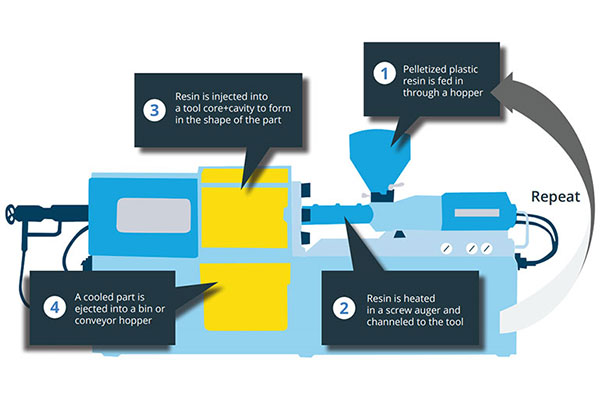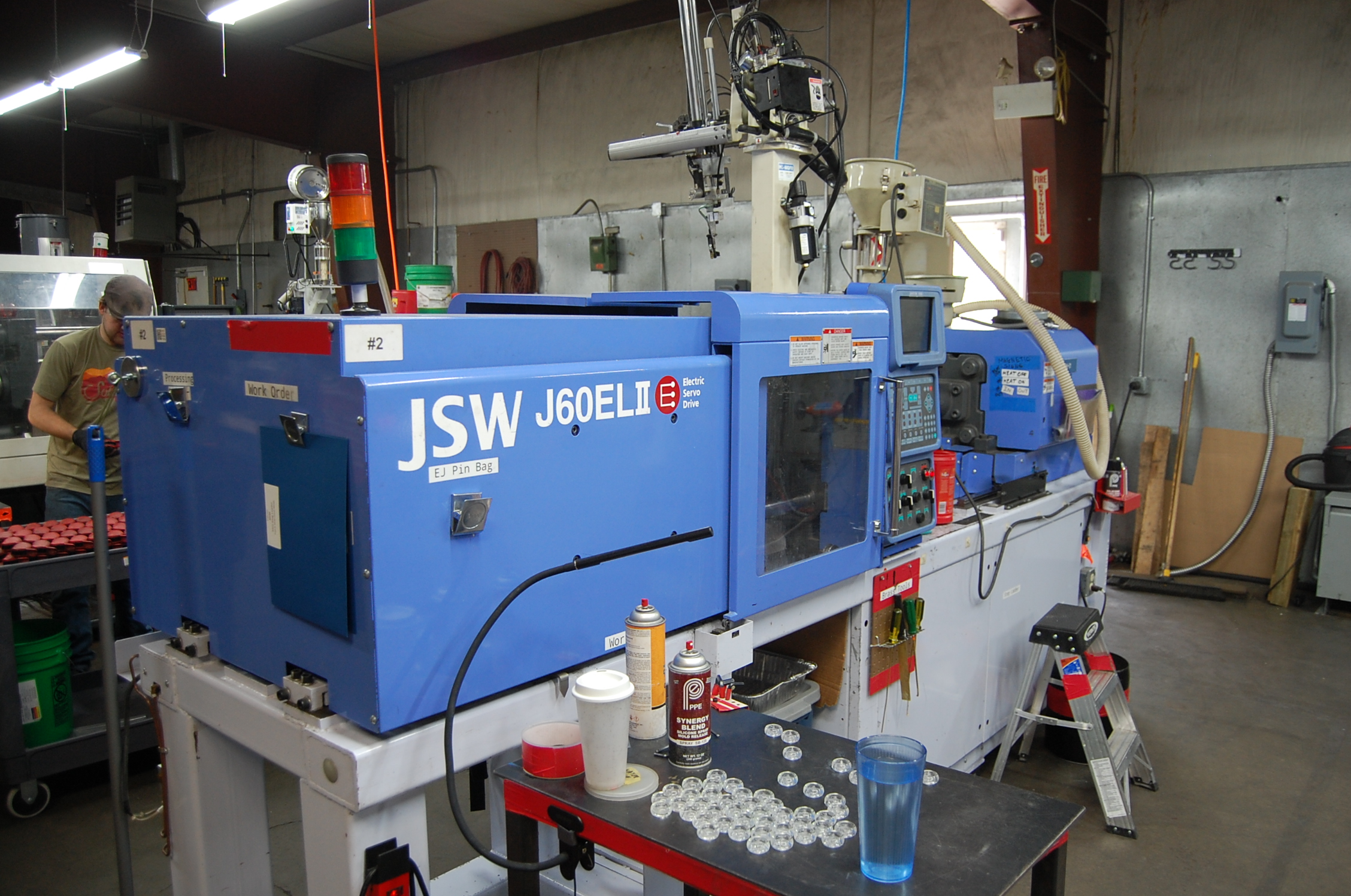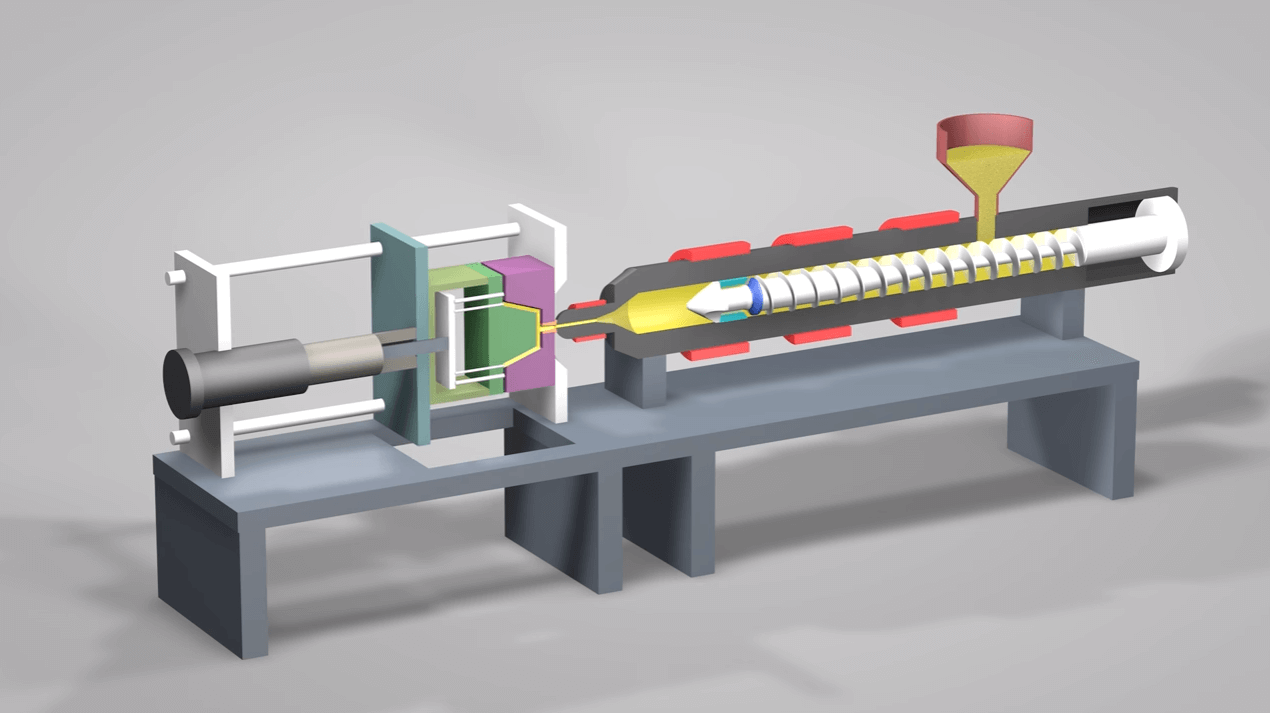Rumored Buzz on Manufacturings
Wiki Article
The 8-Minute Rule for Manufacturing
Table of ContentsUnknown Facts About Plastic ManufacturingRumored Buzz on MfgThe smart Trick of Manufacturing That Nobody is Talking AboutAn Unbiased View of OemGet This Report about Plastic ManufacturingAdditive Manufacturing Things To Know Before You Get This
The text on this web page is an example from our full White Paper 'Injection Moulding for Purchasers' - * Sample message * - for full overview click the download switch over! Intro This guide is intended for individuals who are wanting to resource plastic mouldings. It offers a much required insight into all that is entailed with producing plastic parts, from the mould device required to the moulding process itself.If you want to explore additionally, the overview covers kinds of mould devices, as well as unique completing procedures such as colours & plating. Words that are underlined can be found in the glossary in the appendix ... Component I: Moulding: The Basics The Benefits of Shot Moulding Plastic shot moulding is a really exact procedure that provides several benefits over various other plastic processing approaches.
Precision is ideal for really detailed components. Contrasted to other methods, moulding permits you to incorporate even more features at extremely tiny tolerances. Have an appearance at the photo to the. You can hold this moulding in the hand of your hand as well as it has employers, ribs, steel inserts, side cores and openings, made with a gliding shut down attribute in the mould tool.
All About Lean Production


Everything about Mfg
from material feed Product melting; material injection; cooling time and ejection as well as the re-closing of the mould tool ready for the next cycle. Draft angles - The walls of a moulded component ought to be slightly tapered in the direction in which the component is ejected from the mould device, to permit the part to be expelled quickly.Ejector stroke - The pressing out of ejector pins to expel the moulded part from the mould device. Ejector stroke rate, length as well as timing requires to be very carefully regulated to stop damage to the ejectors and mould tool, but at the exact same time make the moulding cycle as brief as feasible.

The Best Strategy To Use For Lean Manufacturing
Ribs - When a plastic component has slim walls, ribs are included to the design to make the thin walls stronger Side cores - Side action which creates a function on a moulded part, at an opposing angle to the regular opening instructions of the mould tool. lean manufacturing. The side core needs to be able to withdraw as the plastic component can not be expelled or else.
Wall surfaces - The sides of a moulded component The text on this page is a sample from our full White Paper 'Injection Moulding for Buyers'.
Production process for creating components by infusing liquified product into a mould, or mold Simplified diagram of the procedure Injection moulding (united state spelling: injection molding) is a production procedure for creating parts by injecting liquified product right into a mould, or mold and mildew. Injection moulding can be executed with a host of materials primarily consisting of steels (for which the procedure is called die-casting), glasses, elastomers, confections, and also most generally thermoplastic and thermosetting polymers. Injection moulding is extensively utilized for making a range of components, from the tiniest elements to entire body panels of vehicles. Advancements Clicking Here in 3D printing innovation, using photopolymers that do not melt throughout the shot moulding of some lower-temperature thermoplastics, can be made use of for some straightforward injection moulds. Shot moulding uses a special-purpose device that has 3 parts: the injection unit, the mould and the clamp.
5 Simple Techniques For Mfg
Process features [modify] Injection moulding utilizes a ram or screw-type bettor to require liquified plastic or rubber product right into a mould cavity; this strengthens into a shape that has actually complied with the contour of the mould. It is most typically utilized to refine both thermoplastic and thermosetting polymers, with the quantity use the former being informative post significantly higher.: 13 Thermoplastics prevail because of characteristics that make them extremely suitable for shot moulding, such as ease of recycling, flexibility for a wide range of applications,: 89 and also capacity to soften as well as flow on heating.In several cavity moulds, each tooth cavity can be the same and also develop the exact same parts or can be distinct and create multiple various geometries during a single cycle. Moulds are generally made from device steels, however stainless-steels and aluminium moulds are appropriate for specific applications. Aluminium moulds are normally ill-suited for high volume manufacturing or get rid of narrow dimensional tolerances, as they have inferior mechanical residential or commercial properties as well as are a lot more vulnerable to wear, damage, and also contortion during the injection and also clamping cycles; however, aluminium moulds are cost-efficient in low-volume applications, as mould fabrication expenses and time are considerably minimized.
When enough product has actually gathered, the material is compelled at high pressure as well as speed into the component creating cavity. The precise quantity of shrinking is a function of the resin being utilized, and can be relatively predictable. To avoid spikes in pressure, the procedure generally utilizes a transfer setting corresponding to a 9598% full cavity where the screw changes from a constant rate to a continuous stress control.
The Greatest Guide To Manufacturing
Once the screw gets to the transfer placement the packing pressure is used, which finishes mould filling and also makes up for find out here thermal shrinking, which is fairly high for thermoplastics about many various other products. The packaging stress is applied until eviction (tooth cavity entrance) solidifies. Because of its small dimension, the gateway is usually the starting point to solidify with its entire thickness.: 16 Once eviction strengthens, no more product can go into the dental caries; as necessary, the screw reciprocates and gets material for the next cycle while the material within the mould cools down to make sure that it can be ejected and also be dimensionally stable.Report this wiki page